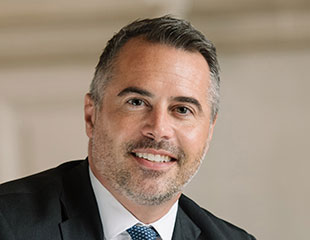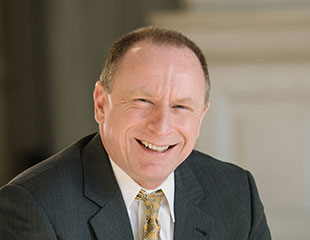Mount Lemmon Fire District v. Guido: Re-Shaping the Scope of the ADEA
November 6, 2018 | Joshua R. Schierloh and Karl R. Ulrich
Does the Age Discrimination in Employment Act (ADEA) prohibit age discrimination in government agencies with fewer than 20 employees? The United States Supreme Court was recently confronted with this precise question in Mount Lemmon Fire District v. Guido. Mount Lemmon, the second case argued once the Supreme Court convened its October 2018 term, staged competing arguments aimed at exposing the intricacies of interpreting the ADEA’s provisions. The dispute arose after the Mount Lemmon Fire District resolved a budget shortfall by laying off its two oldest, full-time employees. The employees filed suit alleging age discrimination under the ADEA, and the Fire District argued it was exempt under that Act due to the 20-employee threshold. Certiorari was granted from the Ninth Circuit, which held the ADEA covers state and local employers of any size, thus creating a circuit split with decisions from the 6th, 7th, 8th and 10th Circuits that previously held the ADEA’s 20-employee threshold applies to state and local employers.
The ADEA defines “person” as “one or more individuals, partnerships, associations, labor organizations, corporations, business trusts, legal representatives, or any organized groups of persons.” The Act goes on to define an “employer” as:
a person engaged in an industry affecting commerce who has twenty or more employees for each working day in each of twenty or more calendar weeks in the current or preceding calendar year. … The term also means (1) any agent of such a person, and (2) a State or political subdivision of a State and any agency or instrumentality of a State or a political subdivision of a State, and any interstate agency, but such term does not include the United States. (Emphasis added.)
Attorneys for the fire district argued the ADEA’s definition of a “person” includes governments, which can be formed as municipal corporations so that the Act’s definition of “employer” (which includes the 20-employee threshold) would then apply to state and local entities. It further argued the subsequent clauses, offset by the phrase “also means,” should be read as clarifying the “employer” definition by emphasizing that the statute does, in fact, cover public employers. In contrast, attorneys for the two former employees argued the term “also means” plainly describes aspects of an employer in addition to the first clause of that definition. Interpreting the ADEA in that manner, the 20-employee threshold would be inapplicable to public employers.
Perhaps Congress could have been clearer about applying the 20-employee threshold to public, as well as private employers. Nevertheless, this case will likely turn on the Supreme Court’s plain-language reading of the phrase “also means.” And it remains to be seen whether the fire district convinced the Supreme Court to look beyond the most instinctive understanding of those words (i.e., “in addition to”).
Readers can expect a follow-up to this piece following a decision by the Supreme Court.



